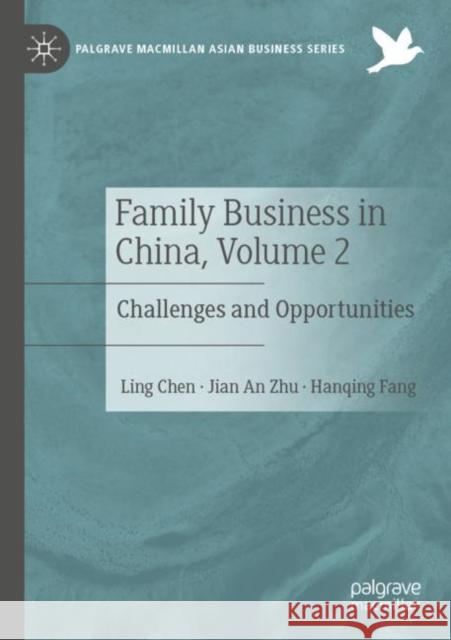Family Business in China, Volume 2: Challenges and Opportunities » książka
topmenu
Family Business in China, Volume 2: Challenges and Opportunities
ISBN-13: 9783030514044 / Angielski / Miękka / 2022
Family Business in China, Volume 2: Challenges and Opportunities
ISBN-13: 9783030514044 / Angielski / Miękka / 2022
cena 684,33
(netto: 651,74 VAT: 5%)
Najniższa cena z 30 dni: 616,85
(netto: 651,74 VAT: 5%)
Najniższa cena z 30 dni: 616,85
Termin realizacji zamówienia:
ok. 22 dni roboczych
Dostawa w 2026 r.
ok. 22 dni roboczych
Dostawa w 2026 r.
Darmowa dostawa!
Unlike other economies, family businesses in China are greatly affected by the derived Confucian culture, excessive marketization, as well as the seemingly endless institutional supervision by a transitional Chinese government. China has a strong historical legacy, devoted to patriarchal values and strong family-centered traditions.
This volume discusses the current status, upcoming challenges, and future prospects for family businesses in China. It explores unique organizational characteristics that are associated with Chinese family firms, such as being entrepreneurial, having concentrated power in the hands of the family business owners, and extensive family and semi-family involvement in the business. It also discusses shared features of strategic actions among Chinese family firms that include technology innovations, diversification, and internationalization, as well as the political connections that Chinese family firms often have. This book offers researchers a comprehensive overview of small family firms that are likely to be home-based microenterprises as well as large publicly traded business groups that are frequently owned by business families.











